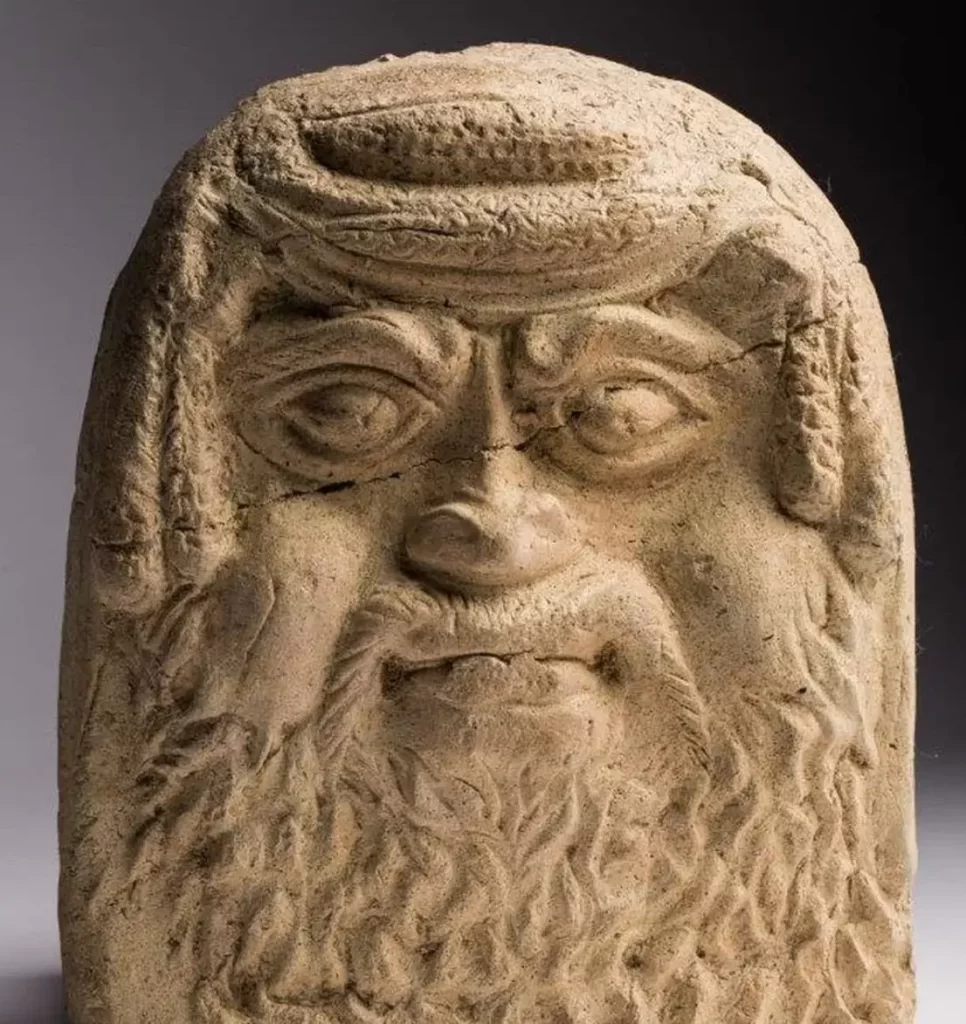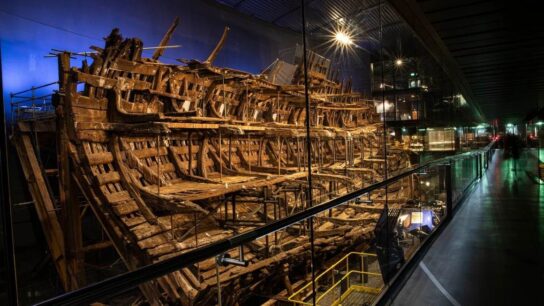Huge Roman Forum Discovered In Unknown Ancient City In Spain

Archaeologists have uncovered an ancient Roman forum from more than 2,000 years ago at the site of an unknown city.
A team of researchers made the discovery at the archaeological site La Cabañeta in the municipality of El Burgo de Ebro in northeastern Spain.
The site is home to the remains of a city founded by the Romans on the banks of the Ebro River in the last third of the second century B.C. whose ancient name remains unknown.
The city, which was originally set up as a military camp, had a short life since evidence indicates that it was destroyed during a conflict known as the Sertorian Wars in the 70s of the first century B.C.

The war was a civil conflict fought on the Iberian Peninsula—called Hispania by the Romans—between a faction of rebels and the government in Rome.
“This dramatic event has contributed to making [La Cabañeta] one of the key sites for knowledge of the Roman presence in the interior of the Iberian Peninsula” in this period, Unizar Borja Díaz, co-director of the recent excavations at the University of Zaragoza, Spain, said in a press release.
Archaeological work at La Cabañeta resumed this summer after about a decade of interruptions. This year’s excavations have focused on the central part of the site, where the team has uncovered the remains of an enormous plaza.
The plaza is framed by a portico and surrounded by a series of rooms that opened onto it, which may have been used for commercial activities.
Researchers say the plaza represents a “forum”—a key focal point of any Roman city. In Roman cities, the forum was a multi-purpose public square or open area usually found in a central location.
The forum served as a gathering place, as well as a kind of marketplace. But it also had other purposes, functioning as a site for political debates and other activities.
“This is a finding of exceptional importance, not only because of its dimensions and architectural complexity, but also because it is the oldest forum plaza found in the interior of the Iberian Peninsula to date, whose discovery will contribute to radically transform our knowledge of the initial spread of Roman architectural models in Hispania,” Borja Díaz said in the press release.
“We are in a very old site. The existence of similar monumental complexes with this age is not common—not even in Italy, where there are few cities that provide such a clear image of Roman urbanism of the 2nd century B.C.
It provides us with a valuable picture of the formative phase of the plaza forum model that would end up being standardized” in later periods, Borja Díaz told Spanish media outlet El País.


The main function of the city that once stood at La Cabañeta may have been an entry and redistribution point for goods arriving by the river, Borja Díaz told El País.
“What is certain is that around the year 70 B.C.—only six or seven decades after [the city] was built—it disappeared violently, as demonstrated by the levels of fire detected and the abundant archaeological material abandoned by its inhabitants. We do not even rule out finding human remains,” Borja Díaz said.
The name of the ancient Roman city remains unknown, although some experts believe that it could correspond to the settlement of Castra Aelia that is documented in historical sources.




